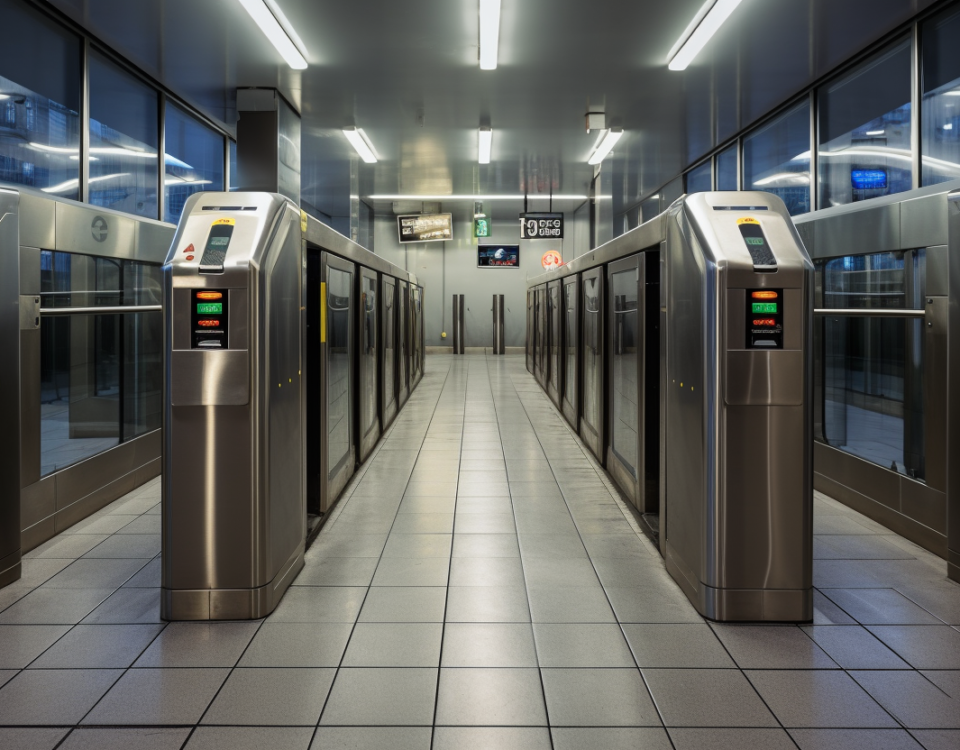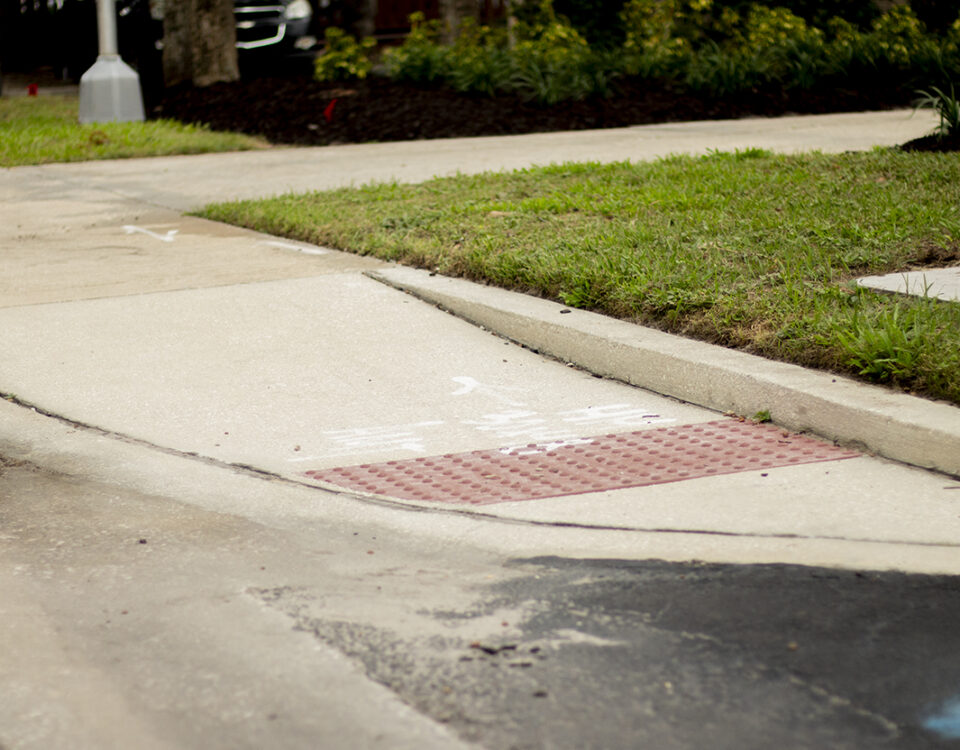
Rearranging Telephones for ADA Compliance: Bridging the Communication Gap
August 8, 2023
Repositioning Shelves for ADA Compliance
August 31, 2023The Americans with Disabilities Act (ADA) is a vital piece of legislation that ensures equal access to public places and services for people with disabilities. One of the key components of the ADA is the installation of ramps, which are a crucial element in making our world more accessible. In this article, we’ll delve into why installing ramps matters, how it relates to the ADA, and its impact on inclusivity and independence.
At a Glance
- Accessibility: Ramps provide a smooth and safe way for people with disabilities to enter buildings and navigate public spaces without barriers.
- Independence: Ramps empower individuals with disabilities, allowing them to move independently without relying on assistance.
- Safety: Ramps enhance safety for everyone, not just people with disabilities, by eliminating obstacles like steps.
- Legal Requirement: The ADA mandates the installation of ramps in public places to ensure equal access.
- Inclusivity: Ramps reflect universal design principles, making spaces welcoming and accessible to everyone, regardless of their abilities.
Why Ramps Matter:
Ramps are not merely conveniences; they are essential tools that promote fairness and respect for individuals with disabilities. Consider the challenge of entering a building or crossing a sidewalk without a ramp if you use a wheelchair or face difficulty with steps. Ramps remove these barriers, allowing individuals to move freely with dignity and independence.
The Legal Significance:
The ADA, enacted in 1990, is a landmark law that requires ramps to be in place to ensure fairness and equal access. This law applies to all public places, including stores, restaurants, schools, and government buildings, regardless of their size. Non-compliance with these regulations can lead to legal consequences because ramps are a fundamental part of making our world accessible for everyone.
Universal Design and Inclusion:
Ramps do not solely benefit people with disabilities; they enhance the experiences of everyone. They exemplify universal design, which means creating environments that function well for everyone, irrespective of their abilities. Parents pushing strollers, travelers with luggage, and individuals with temporary or permanent mobility challenges all benefit from ramps. They contribute to creating more inclusive and welcoming communities.
Promoting Independence:
One of the key benefits of ramps is that they foster independence for individuals with disabilities. Ramps enable them to access places and services without needing assistance, boosting their self-confidence and overall quality of life. This independence is a fundamental aspect of human dignity.
Enhancing Safety:
Ramps not only provide access but also contribute to safety. They eliminate tripping hazards posed by steps, making public spaces safer for everyone. Moreover, during adverse weather conditions like rain or snow, ramps are often easier to navigate than slippery steps.
Meeting ADA Requirements:
For businesses, institutions, and public spaces, compliance with ADA requirements is not just a legal obligation but also a way to demonstrate their commitment to accessibility and inclusivity. Installing ramps is a concrete step toward meeting these obligations and creating a more equitable society.
Conclusion:
In conclusion, ramps are far more than just physical structures; they represent our dedication to creating a fair and accessible world for everyone. They provide accessible pathways, foster independence, improve safety, and help businesses and communities meet their ADA obligations. As we continue to design and renovate public spaces, ramps serve as a reminder of our shared goal: to enable everyone, regardless of their abilities, to navigate the world with dignity and without unnecessary barriers.



